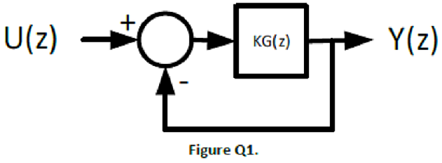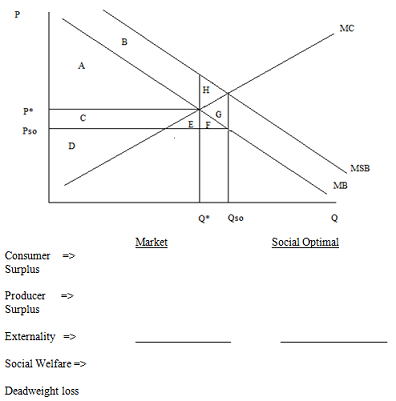Intermediate Microeconomics Problems -
1. General Equilibrium:
a. Utility Possibility Frontier: Each point in the diagram below shows Joe's and Ed's utility levels for different allocations of resources.

a) Define "Pareto-efficiency" (one sentence) and indicate which allocations in the above diagram are "Pareto efficient".
b) (True or False) Allocation C is "Pareto Superior" to allocation D? Explain.
c) (True or False) A Utilitarian would find allocation E to be better than B? Explain.
d) (True or False) Robert Nozick would find allocation D to be unjust? Explain.
b. Edgeworth Box: Suppose Adam and Bob are stuck on an island. The island has only two resources: coconuts and pineapples. Suppose that there are only 30 coconuts and 40 pineapples on the island. Suppose they initially split the coconuts and pineapples equally between each other. However, Adam prefers pineapples over coconuts and is willing to exchange 10 of his coconuts for 2 pineapples. Such a trade will increase his utility from 60 to 80 utils. Bob likes coconuts and pineapples equally and therefore is happy to trade two of his pineapples for 10 of Adams coconuts. Bob's utility also will increase from 100 to 140 utils. Use an Edgeworth Box showing Adam and Bob's indifference curves and utility levels based on the initial allocation and then show their new indifference curves and utility levels after the trade. Assume that the trade takes Adam and Bob to a Pareto Efficient allocation.
2. Negative Production Externality:
A saw mill dumps one gallon of effluent into a lake for every 1000 pounds of lumber it produces. Each gallon of effluent dumped into the lake causes environmental damage equal to $100. Assume that demand is perfectly elastic and that the price of a 1000-pound pallet of lumber is $750. Marginal costs of production per pallet of lumber to the firm are MC = 50 + 0.2q.
a. What are the privately optimal (market) and socially optimal production levels of lumber and the amount that lumber production must be reduced to reach the socially optimal level?
b. Calculate the amount of social loss that society would bear as a result of ignoring this externality.
c. What would A.C. Pigou propose to resolve the problem? Be specific.
3. Positive Consumption Externality:
Using the letters below calculate social welfare for the market outcome and the socially optimal outcome. Identify the deadweight loss and describe in words what it represents.

5. Cap and Trade:
Read the article posted on Blackboard regarding tradable gasoline rights (TGR) and answer the following questions:
a) Describe how the TGR system would function.
b) How is the TGR system more efficient than the government imposing gas standards or gas taxes?
6. Public Goods:
There are 1000 people in the small town of Pohdunk, who want to have a fireworks display on the 4th of July. Willingness to pay for each of the 100 individuals is P = 5.52 - 0.01Q, where Q is the number of colorful exploding rockets that shoot off during the display. The cost of each colorful exploding rocket is $20.
a) How many rockets should the town of Pohdunk purchase for its fireworks display?
b) How much should the town charge each individual in order to maximize consumer surplus?
c) Explain why it is unlikely that the optimal amount of rockets will be purchased no matter what system of payment is used.
7. Adverse Selection:
Suppose Snake Farm Insurance provides fire insurance coverage to 20,000 homeowners in California. Based on historical data, Snake Farm's expert statisticians (a.k.a. actuaries) have calculated that in a given year on average 100 of Snake Farms customers will lose their homes due to a fire. The historical data also shows that the average cost of replacing a house is $300,000.
a) Assuming that Snake Farm must charge the same insurance premium to all its customers, how much will Snake Farm charge its customers per year if it wants to break even? (Show your work)
b) What if 50% of Snake Farm's customers own "fire safe" homes, which reduce (but do not eliminate) the chance that their home will be destroyed by fire. The historical statistics reveal that of the 100 homes that burn down per year, only 10 of them are "fire safe" homes. These "fire safe" homeowners are not willing to pay more than a $1000 insurance premium. Will the "fire safe" homeowners purchase insurance from Snake Farm? What will Snake Farm charge its remaining customers if it intends to stay at break even?
c) Define adverse selection and explain how it applies to the Snake Farm situation.
d) How can Snake Farm reduce or eliminate the adverse selection problem?